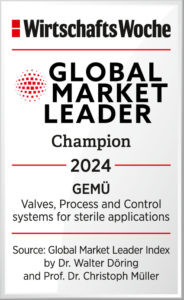Armstrong Pumps Launches Innovative ½” to 2” Circuit Balancing Valves
Armstrong Pumps, a global supplier of fluid flow equipment for residential, commercial and industrial applications, is pleased to announce it’s revolutionary ½” to 2” circuit balancing valves, (CBVs).
These new CBVs are designed to meet the needs of everyone – including engineers, installing contractors, balancing contractors, and building owners alike.
The patent-pending design of Armstrong’s venturi-style balancing valves produces significantly higher balancing accuracy than that with conventional balancing valves. In addition, Armstrong ½” to 2” balancing valves have five full 360° turns from open to closed, providing unparalleled flow control.
Featuring a compact and versatile design, the Armstrong ½” to 2” balancing valves can be installed with the measuring ports facing up or down. The non-rising handle of these new CBVs ensures that the overall valve height remains the same from fully open to completely closed.
In addition, the valves are designed to be selected based on line size, and to deliver an optimal combination of flow rate and pressure drop when used in systems designed in accordance with ASHRAE guidelines.
Armstrong is a leading global supplier of quality HVAC and Fluid Flow equipment for residential, commercial and industrial applications. Established in 1934, the company maintains four manufacturing facilities on two continents.
For more information on the Armstrong ½” to 2” circuit balancing valves, please contact your local Armstrong representative or visit the company's web site.
Source: Armstrong Fluid Technology Ltd.







